The secrets behind Uli Jon Roth’s guitar tone on The Scorpions’ The Sails of Charon
Inspired by Hendrix but dancing to the beat of his own drum, Roth created a proto-shred template with this classic rock standard

To me, the four cornerstones of modern shred rock guitar are Al Di Meola’s Race with Devil on Spanish Highway, Michael Schenker with UFO on the live version of Rock Bottom, Eddie Van Halen’s Eruption and Uli Jon Roth with the Scorpions on The Sails of Charon – all four of which were recorded in 1977-78.
The Scorpions song was the most “under the radar” of the four back in the day as the band hadn’t yet broken through to radio airplay in the United States, but thanks to guitarists who discovered The Sails of Charon over the years, it has earned a rightful place as a highly influential shred classic.
Roth was heavily inspired by Jimi Hendrix, and his rig back in the '70s reflected that influence, consisting of a Fender Stratocaster, Marshall Super Lead head (in Roth’s case, a 1972 model 1959T Super Lead Tremolo) with stacks of 4x12 speakers, a wah pedal, and a changing variety of fuzz and phase shifter pedals.
However, for The Sails of Charon Roth kept things surprisingly simple, using just his Strat, Marshall half-stack and a Vox Cry Baby wah to generate his tasteful lead tone.
Roth didn’t use a ton of gain, preferring instead to turn up the volume just to the brink of overdrive to enhance sustain while maintaining an organic, dynamic tone generated by his Strat’s bridge pickup, which he noted had higher output than most other Strats he had previously encountered.
Guitar: 1975 Fender Stratocaster with maple fingerboard (bridge pickup lead/solos, neck pickup rhythm parts), Volume: 10, Tone 1: 10, Tone 2: 10
Amp: 1972 Marshall model 1959T Super Lead Tremolo 100-watt head (Speed: 0, Intensity: 0, Presence: 5, Bass: 3, Middle: 8, Treble: 7, Volume I: 6, Volume II: 0, Input I top left) into Marshall 1960B 4x12 cabinet with unknown speakers (most likely 25-watt Celestion G12M 55Hz)
Effects: c. early '70s Vox Cry Baby wah (sweep about 2/3 toe down), Bonus pedal (not used on this song): Roland AP-7 Jet Phaser (Jet Level: 8, Jet Mode: 2, Resonance: 6, Slow Rate: 1, Slow engaged)
Strings/tuning: Brand unknown, .008, .011, .015, .026, .036, .046/half-step down (Eb, Ab, Db, Gb, Bb, Eb)
Pick: Jörgensen Heavy
His rhythm tracks, played using the Strat’s neck pickup, are super-slinky and clean. Roth used the wah only on his leads and solos as a midrange EQ control, generally keeping it in a fixed position about two-thirds of the way down. He would, though, occasionally employ the rocker pedal to subtly enhance vocal-like inflections.
The craziest effect on the song appears at 3:55 in the full version (or at 3:05 on the more common edited version), where a synth-like rising pitch effect starts to percolate. This was probably created during mixing using an MXR Pitch Transposer. Queen featured a similar effect created by the MXR unit on Get Down, Make Love, which was recorded about the same time.
Get The Pick Newsletter
All the latest guitar news, interviews, lessons, reviews, deals and more, direct to your inbox!
Although it does not appear on this particular song, the Roland AP-7 Jet Phaser played an important role in Roth’s Hendrix-like solos on the Taken by Force album (I’ve Got to be Free, We’ll Burn the Sky, Your Light) and earlier tracks (particularly Polar Nights). I’ve included a typical Jet Phaser control setting Roth used for anyone who wants to explore further.
Get the sound, cheap!
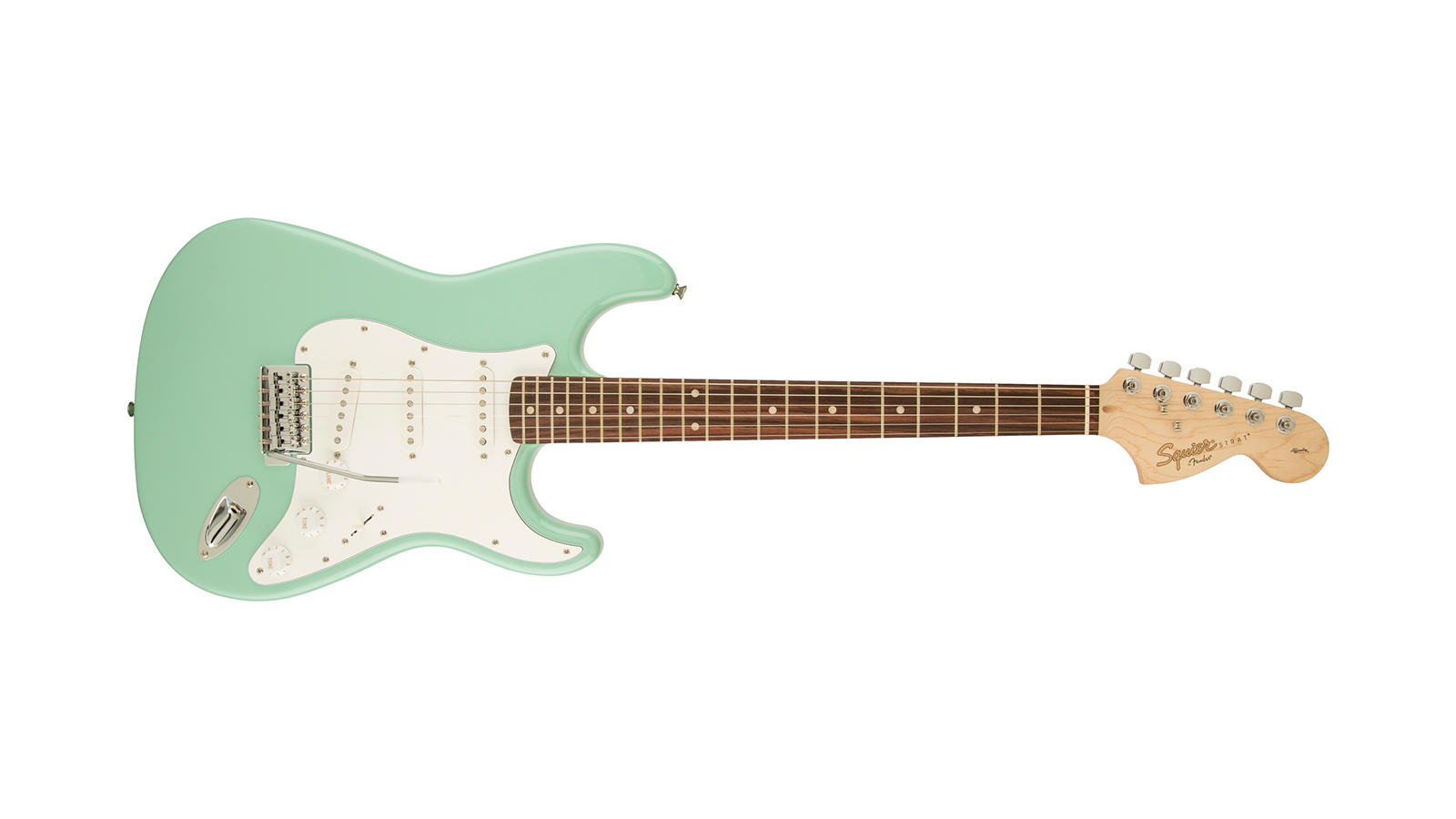
Fender Squier Affinity Series Stratocaster
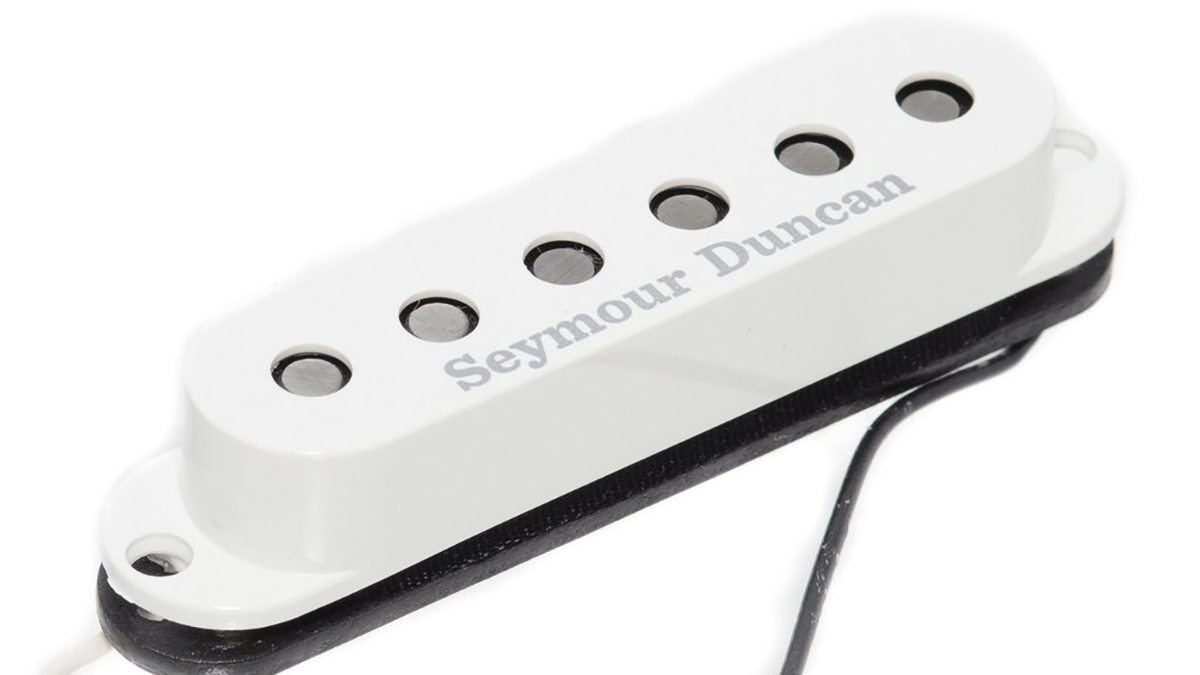
Seymour Duncan Hot Strat bridge pickup
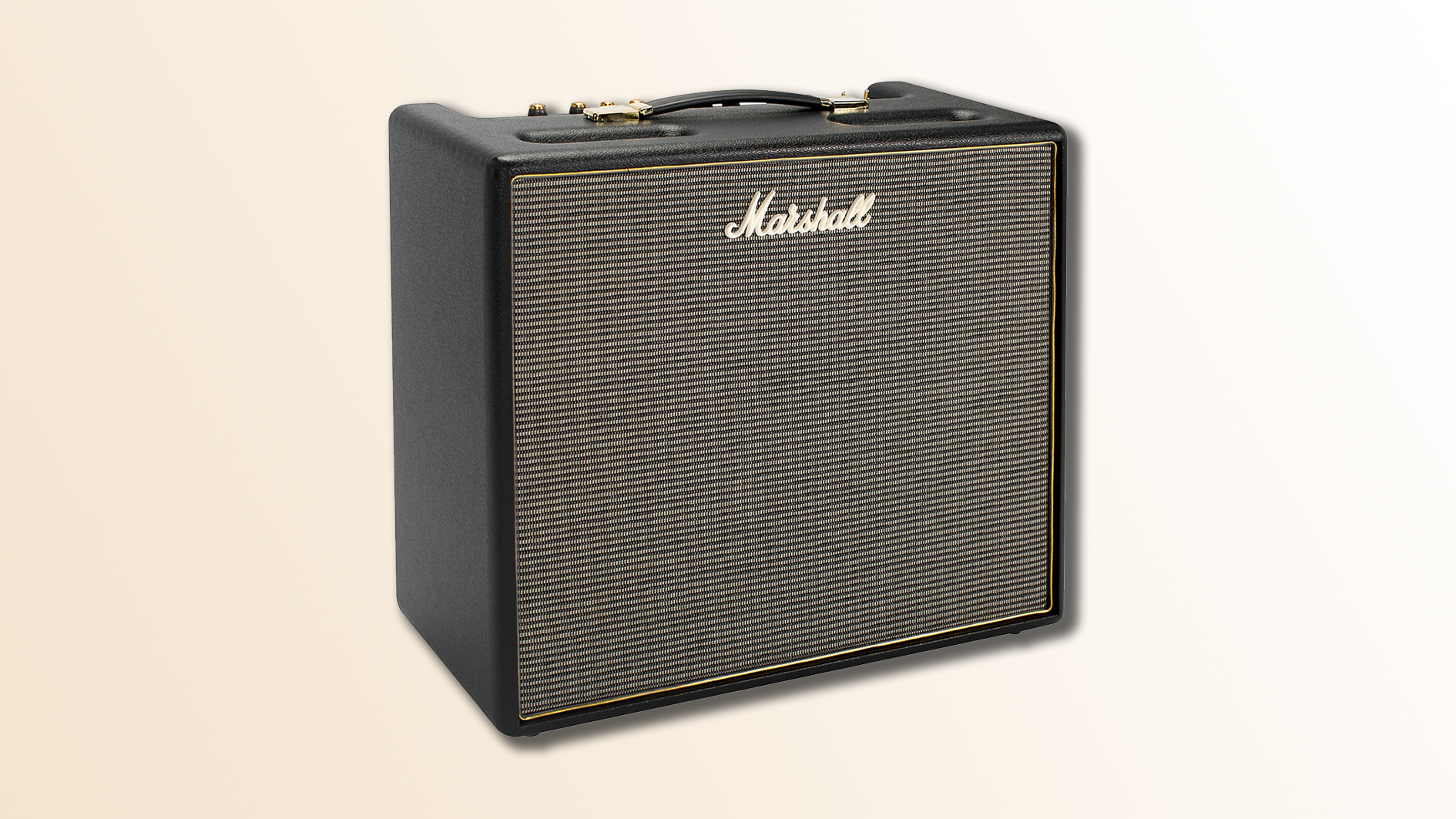
Marshall Origin ORI50C
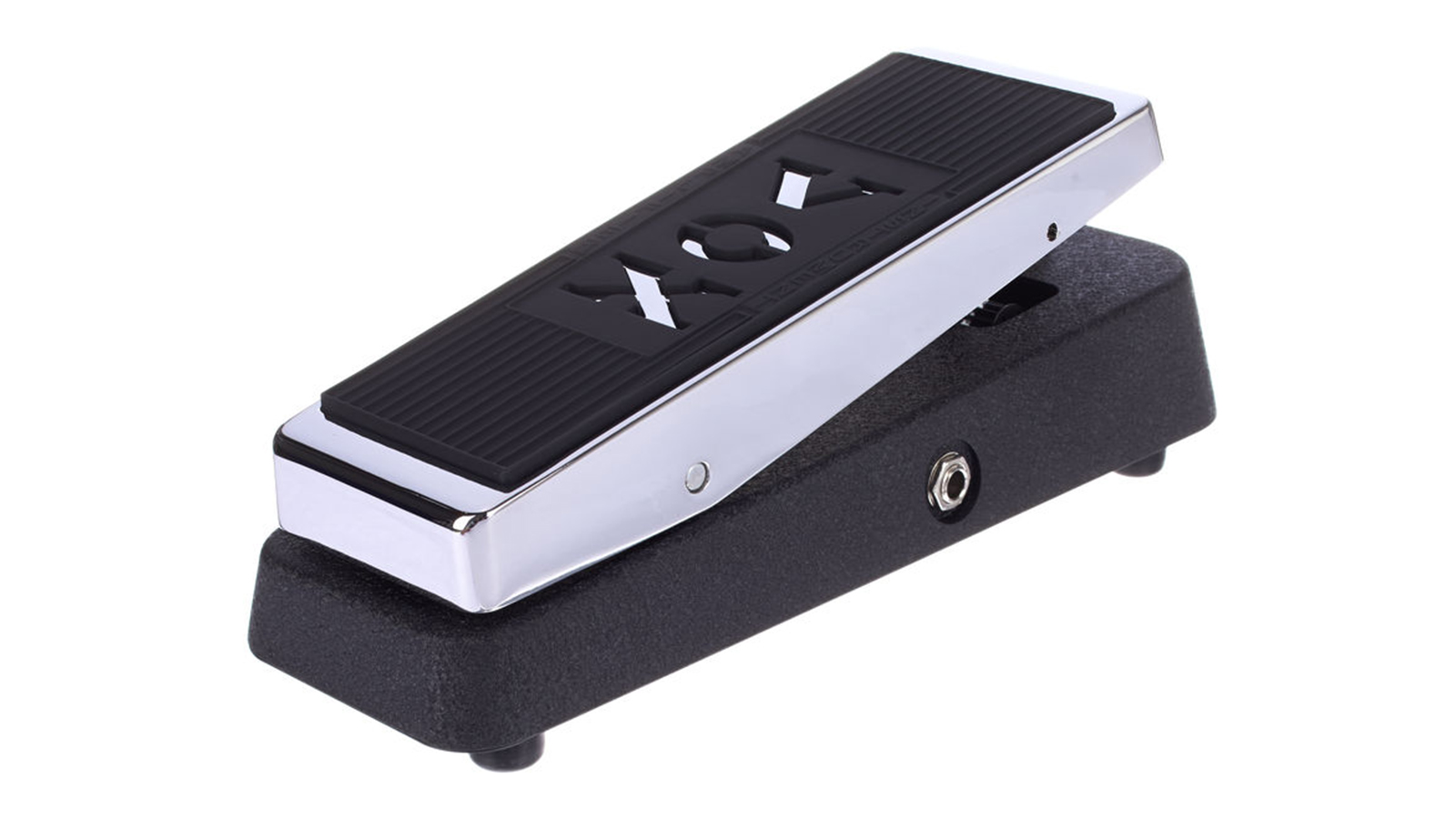
Vox V847-A wah
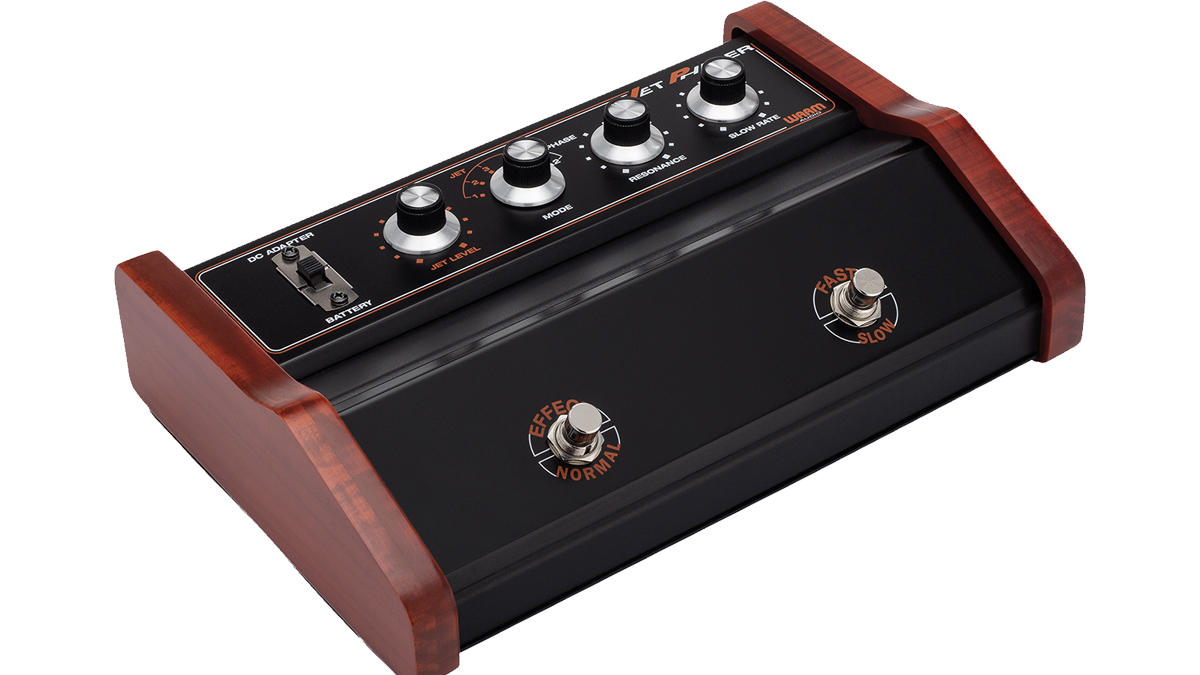
Warm Audio Jet Phaser
Tone tip: Use the Marshall’s Gain control conservatively. Roth’s lead tone was cleaner than one might expect, and much of the body and sustain came from the wah.
Chris is the co-author of Eruption - Conversations with Eddie Van Halen. He is a 40-year music industry veteran who started at Boardwalk Entertainment (Joan Jett, Night Ranger) and Roland US before becoming a guitar journalist in 1991. He has interviewed more than 600 artists, written more than 1,400 product reviews and contributed to Jeff Beck’s Beck 01: Hot Rods and Rock & Roll and Eric Clapton’s Six String Stories.
“There’d been three-minute solos, which were just ridiculous – and knackering to play live!” Stoner-doom merchants Sergeant Thunderhoof may have toned down the self-indulgence, but their 10-minute epics still get medieval on your eardrums
“There’s a slight latency in there. You can’t be super-accurate”: Yngwie Malmsteen names the guitar picks that don’t work for shred


![A black-and-white action shot of Sergeant Thunderhoof perform live: [from left] Mark Sayer, Dan Flitcroft, Jim Camp and Josh Gallop](https://cdn.mos.cms.futurecdn.net/am3UhJbsxAE239XRRZ8zC8.jpg)









